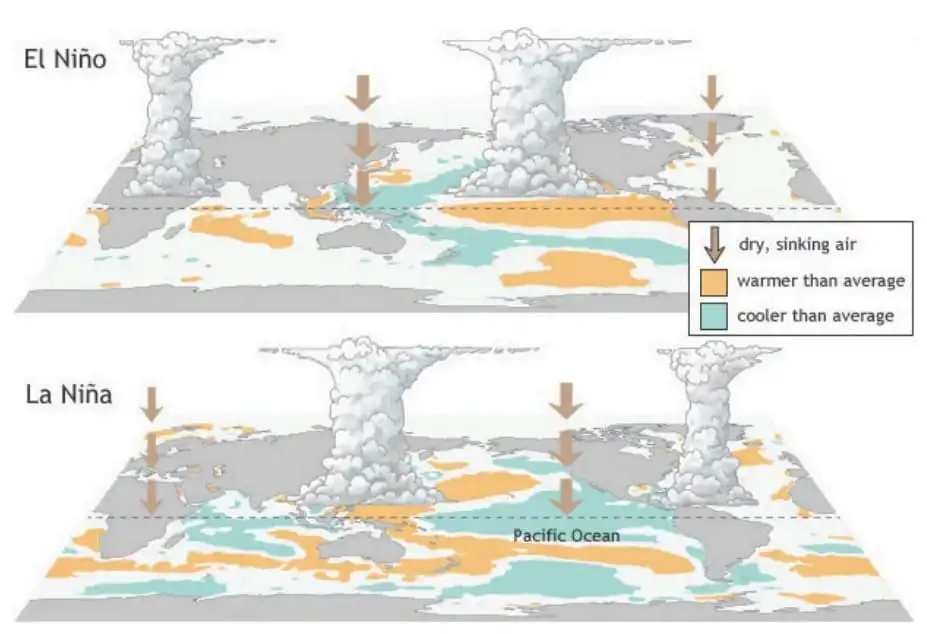![]() 12 Feb 2024
12 Feb 2024
As per the latest ENSO update from the National Oceanic and Atmospheric Administration (NOAA) of the United States La Nina conditions is predicted by the end of 2024.

News Source: DTE
| Must Read | |
| NCERT Notes For UPSC | UPSC Daily Current Affairs |
| UPSC Blogs | UPSC Daily Editorials |
| Daily Current Affairs Quiz | Daily Main Answer Writing |
| UPSC Mains Previous Year Papers | UPSC Test Series 2024 |
<div class="new-fform">
</div>